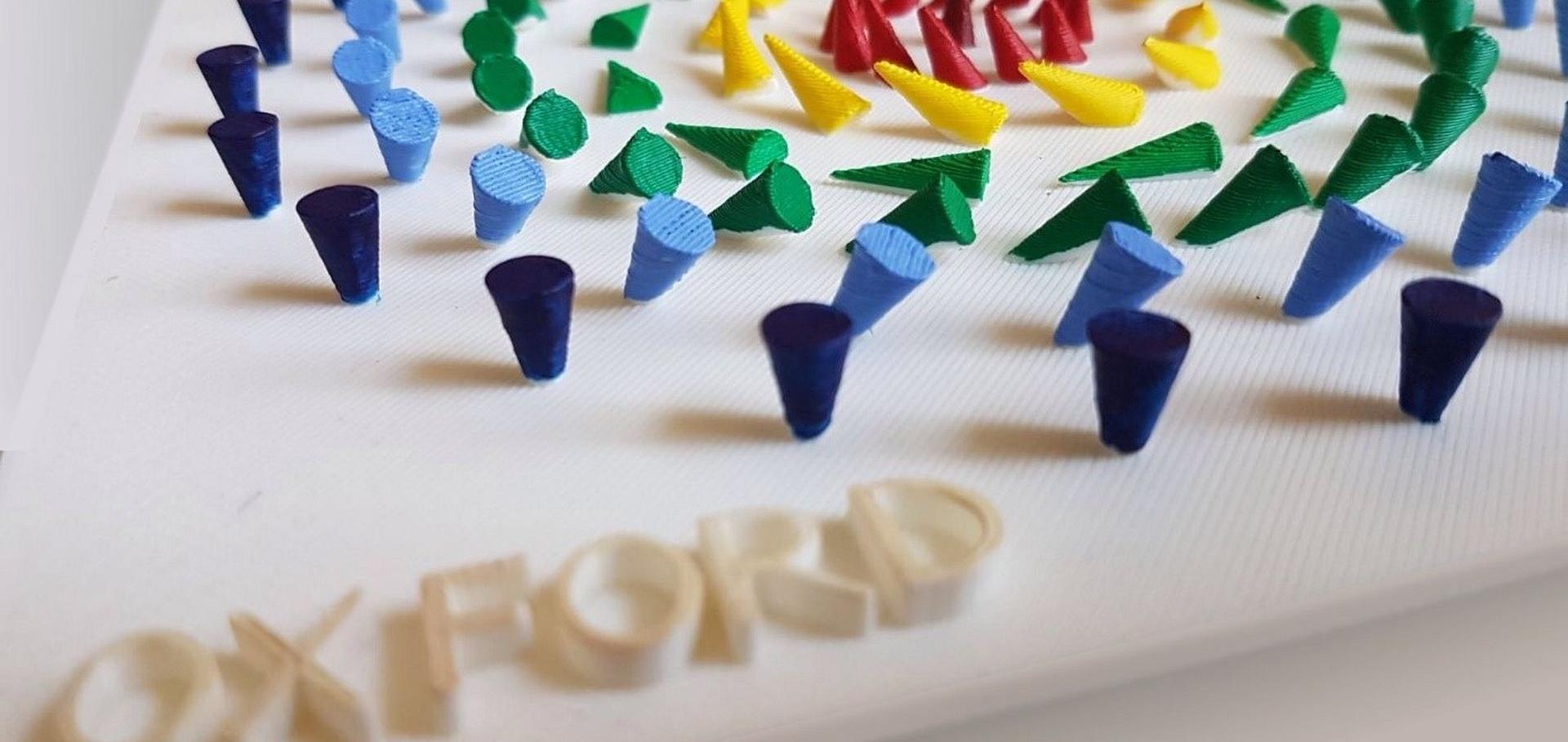Effects of anisotropic exchange on the micromagnetic domain structures
Physica Status Solidi (B) Basic Research 244:4 (2007) 1271-1279
Abstract:
We have investigated the influence of anisotropic exchange on the micromagnetic domain structure. Three-dimensional simulations based on the Landau-Lifshitz-Gilbert equation were performed incorporating a generalized tensor representation of the exchange following a phenomenological approach. In comparison to isotropic exchange, which is usually used in micromagnetic simulations, anisotropic exchange significantly affected the equilibrium distribution of the magnetization. The formation of slanted domain walls aligning in the direction of stiffest exchange and the deformation of edge domains were the most prominent consequences. In general, we found that anisotropic exchange may have profound effects on magnetic nanostructures. © 2007 WILEY-VCH Verlag GmbH & Co. KGaA.Micromagnetic properties of epitaxial MnAs films on GaAs surfaces
physica status solidi (c) Wiley 4:5 (2007) 1585-1585
Handbook of Magnetism and Advanced Magnetic Materials: Fundamentals and theory ; vol. 2, Micromagnetism ; vol. 3, Novel techniques for characterizing and preparing samples ; vol. 4, Novel materials ; vol. 5, Spintronics and magnetoelectronics
Chapter in Handbook of Magnetism and Advanced Magnetic Materials: Fundamentals and theory ; vol. 2, Micromagnetism ; vol. 3, Novel techniques for characterizing and preparing samples ; vol. 4, Novel materials ; vol. 5, Spintronics and magnetoelectronics, (2007)
Abstract:
At the basis of future applications of spin electronics are ferromagnetic films that have a Curie temperature above room temperature, a crystal structure that allows for epitaxial growth on common semiconductor surfaces, and a high degree of spin polarization at the Fermi level. A class of ternary compounds, the so-called Heusler alloys, combine these requirements as they are lattice-matched to many compound semiconductors, have a compatible crystal structure (face-centered cubic), and show high Curie temperatures. Moreover, calculations suggested that some Heusler alloys may belong to the magnetic class of half-metals that is characterized by a 100% spin polarization at the Fermi level. We review the work on epitaxial-Heusler alloy films on semiconductor surfaces. Special emphasis is laid on molecular-beam epitaxy (MBE), as this growth method allows for an in situ control of the growth and structure of the material. Taking Co2FeSi on GaAs as an example, the structural and magnetic properties of MBE-grown samples will be discussed.Micromagnetic properties of MnAs-on-GaAs(001) films
Physica Status Solidi (A) Applications and Materials Science 203:14 (2006) 3574-3580
Abstract:
Strained MnAs films on GaAs(001) grown by molecular beam epitaxy exhibit unique micro-magnetic properties due to the strain-mediated coexistence of hexagonal ferromagnetic a-MnAs and orthorhombic paramagnetic β-MnAs arranged in selforganized periodic stripe patterns. To explore the internal structure of the magnetization, which is not accessible by the magnetic imaging techniques AFM and XMCDPEEM, detailed micromagnetic simulations are needed. Otherwise, physically unreasonable models would be developed. © 2006 WILEY-VCH Verlag GmbH & Co. KGaA.High-aspect ratio patterning of MnAs films
Semiconductor Science and Technology 21:10 (2006) 1502-1506


